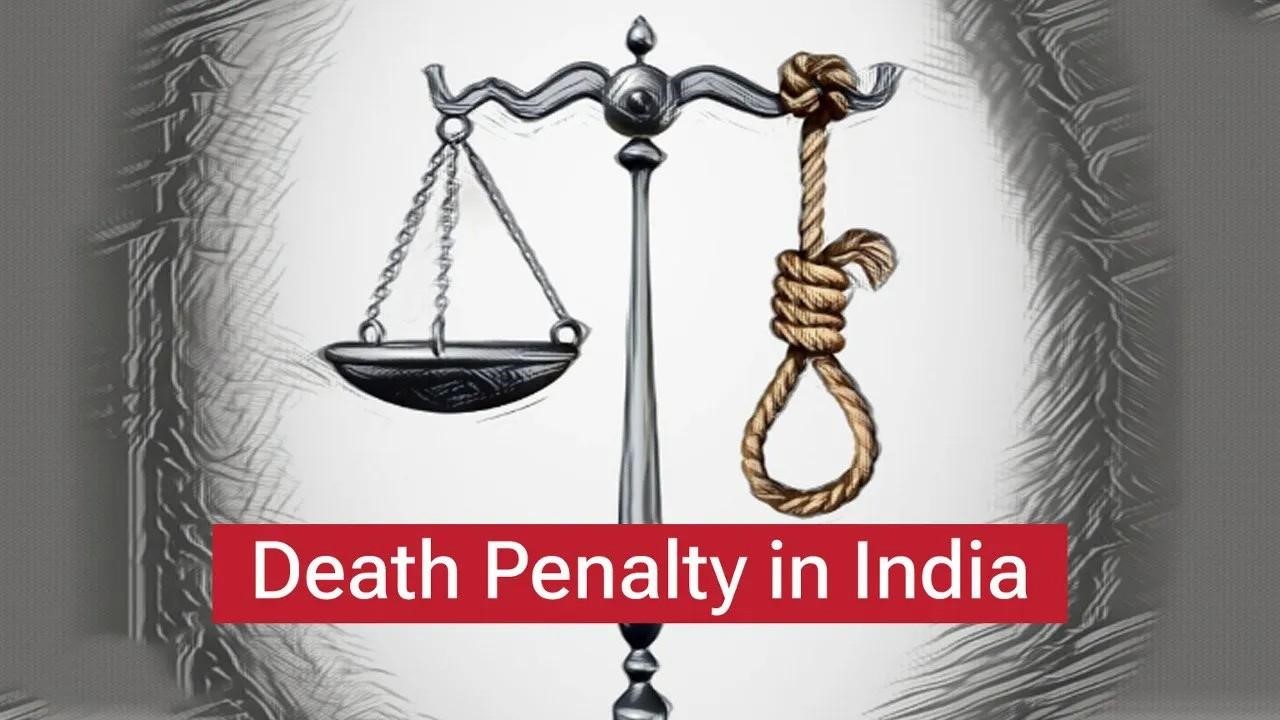Mitigating, Aggravating Circumstances in Death Penalty Cases
Why in the news?
A Kolkata court sentenced Sanjoy Roy to life imprisonment for murder. The Supreme Court’s doctrine of “rarest of rare” considers aggravating and mitigating factors in death penalty cases, sparking debate over fairness in sentencing.
Key Developments in Kolkata Case:
- Sessions court in Kolkata sentenced Sanjoy Roy to life imprisonment for the rape and murder of a doctor at C. Kar Medical College.
- The CBI strongly advocated for the death penalty, supported by public outcry and Chief Minister Mamata Banerjee’s demand for capital punishment.
- The Supreme Court’s “rarest of rare” doctrine from Bachan Singh v. State of Punjab (1980) guides decisions on imposing the death penalty.
Aggravating and Mitigating Circumstances
- Aggravating Circumstances:
- Pre-planned, brutal murders or those showing exceptional depravity.
- Killing public servants, police, or armed forces personnel on duty.
- Mitigating Circumstances:
- Emotional or mental disturbance at the time of the offense.
- Age (very young or old) or potential for reform.
- Acting under instructions or moral justification.
- Mental incapacity to understand the criminality of actions.
Judicial Evolution and Concerns
- Emphasis on case comparisons for consistency (Shankar Khade v. State of Maharashtra).
- Courts must consider the accused’s circumstances, not just the crime, and prove irredeemability for death penalties (Santosh Bariyar v. State of Maharashtra).
- Need for separate sentencing trials post-conviction for fairness.
- In 2022, the Supreme Court initiated guidelines for mitigating circumstances to ensure a uniform approach in death penalty cases.




